Last year I interviewed a series of creative directors and art buyers based at top ad agencies in Asia. I wanted to understand from their perspective how they chose photographers for jobs, how much influence their clients and teams had, and what kind of photography was inspiring them.
I first met the lovely Kelly Pon when she was an art director at BBH Singapore. BBH was a fast growing agency back then (and is now one of the busiest in the region). With ECD Steve Elrick at the helm, there was a great buzz about the place and I remember having some great conversations with various creatives about inspirational photography from around the world. Levis was one of their clients and the creatives were always keen to find new and innovative ways to market it, often using very unique photographic approaches.
Nine years ago, Kelly became Creative Director of BBH Shanghai, and she’s still there. I recently asked her a bunch of questions to which she very obligingly and honestly responded via a Skype chat. As the CD position can often be taken up with management decisions, one of the things that I was firstly interested in was how much day to day involvement Kelly had in commissioning photographers.
Christina: As Creative Director of BBH Shanghai do you still look for/ choose photographers or do you leave that to your team?
Kelly: Depends on interest. For me personally, I love photography so I do trawl through sites, look out for great photography work and talent. On the job front, my role mostly centers around giving my opinion on the pared down choices that my team makes. They write the photography brief, shortlist photographers they like, I look through them and help them with their decision.
Christina: When you trawl the net are there any favourite sites you go to find photography?
Kelly: There are many. I’ve been recently looking at photography from hobbyists rather than professional or commercial photographers. They are doing some interesting stuff. Having said that, I still love it when I accidentally stumble on a good photographer’s site on Behance. Or discover a hobbyist from 500pix. Fashion156.com, artsy.net, ba-reps.com, mymodernmet.com, lensculture.com etc., are some of the sites I go to.
I do find photographers from non-professional photography sites as well, on social media or design sites, some are links from friends. I think nowadays, it helps if you make photos that people want to share and pass around. It helps people discover you.
Christina: So you still like looking at folios?
Kelly: Of course, as long as its not boring stuff. Most of the time, photographers personal work is more interesting than their commercial stuff, so I think they should always include personal work.
Christina: So not too much commercial stuff right?
Kelly: Sometimes in portfolios, there needs to be a balance of “here’s what I can do” to show technical abilities, experience etc. But mostly the work that sticks is not commercial. If it can spark an idea off in my head, or a different way to execute stuff… I know that this photographer has the imagination and capacity to take my idea forward rather than just execute it straight from the sketch.
Christina Force: What dictates where the photographer is from? Do you consciously look locally for some jobs and internationally for others?
Kelly: It depends on clients. For big companies like Coca Cola for example, everything needs to be submitted with 3 quotes. Most of the time, one of them needs to be a local dude.
Christina: So I take from that you use quite a few photographers from outside China. Do you use many from Australia and New Zealand or are they mainly from Europe or USA?
Kelly: Some are from the US, sometimes from Asia, we also use Australians. Not really country-specific to be honest. Having said that, Chinese photographers are getting to be really good. I’ve been using a lot of local photographers recently for our fashion client.
Christina: So do you find there are more locals able to shoot what you need nowadays?
Kelly: Firstly, good print work in China is few and far in between. Clients don’t even call it print advertising. The term they use is “key visual”. And a lot of them are very straight, don’t have any idea; it’s to be used to feature products, celebs etc. So to do these, you don’t really need awesome photographers. There won’t be a place for them to flex their muscles and creativity. Usually the key visuals are done-up so finished for the clients, there is no space to maneuver. Most of the print work from China you see winning in award shows, with exceptions of course, are scams.
In China, the big brands are in fierce competition. Unilever, Coca Cola, Pepsi, etc, all have big category wars like the hair wars, or the drink waters etc., so all their stuff centers around who’s got the best water splash in their key visuals, who’s paying for the biggest celeb etc., so for that, you would hardly have a photographer that comes in with a really inspiring creative portfolio, because the work does not warrant that. So I think when you come into Asia, you have to be quite specific on which market you want to hit… Hair? Water? Fizz? Fashion? Even more so than in other countries. Because the clients here need quite a lot of handholding, therefore, it’s reassuring for them to get a specialist that can deliver the biggest sexiest splash for example. Nothing too creative.
Christina: That’s really helpful. So would you say the ideal scenario is a photographer who brings in a tailored folio for specific work as above but with a blog of personal creative work and exhibitions would be more successful? Or the other way around- show a gorgeous arty book but have a commercially tailored website….? It looks like a bit of a mix of each to me. Will that work for your creatives?
Kelly: By all means, if you have a photographer that is great with hair, and he has a hair portfolio that’s creative and inspiring, I think he will do really well here. To be a specialist, that makes an impression with the creatives when showing the work around – awesome. But if you have a photographer who is an all-rounder, that’s ok too, but make sure that he’s got personal work, that will make an impression (what he’s about). Does that make sense?
Christina: Yes perfect sense.
Kelly: Most of the time, we come out of these [folio] sessions talking about, wow, that guy would be great for this job or that job, or wow can’t really place his work yet but I want to work with him. Think he can make something look quite amazing. I always walk out with a few images in my mind that stick and usually there are from the personal portfolios.
Christina: Who do you/ would you like to work with?
Kelly: The Wade Brothers, Vott, Walter Schupfer Management (Corbjin)
The Korean site [Vott] is from my art buyer. I personally love the Wade brothers work. We also work with Bloc productions quite a bit here, based in Beijing. They bring in international photographers and have local insight. Elephoto is the other production house we shoot with quite a lot for fashion. They are great at casting.
Christina: Great- that’s good to know. So even if you’re looking beyond China do you prefer to go through a local production co?
Kelly: Ideally, we would like local support. Even if the agent is from international, we’d prefer them to be in the same time zone 🙂 Because things move very fast here.
Christina: Does it help if overseas photographers visit a bit and show they know China?
Kelly: To be honest, I think the agent’s constant presence is probably more important than having a photographer around. It’s like shooting commercials, we never see the director until the PPM [pre production meeting], but we always have the rep around. We know the rep, we are comfortable and assured that amidst all the madness around with clients, we have a partner that is there to support us.
Christina: Got it. You can see the photographer’s work but you need to know they have the appropriate production back-up. Have you or your art buyers experienced any cultural issues with working with westerners on Chinese jobs?
Kelly: Mostly ok, because we normally liaise with the local rep, or someone’s who’s been here long enough to know how it works… but I usually, in very early part of the discussion, am quite upfront about how we work.. How our clients work, fast turnaround, rounds of revisions, crazy hours, so that everything’s on the table and everyone’s got ample warning. Problem arises when people we work with apply their methods into our context, and is not flexible. But that can also happen to local people as well. So I think it’s less about a foreigner working here but about attitude. It’s a plus if you are adaptable and cooperative. It’s more of a problem with directors than with photographers to be honest.
Christina: You mean directors are less flexible than photographers?
Kelly: Bigger egos 🙂
Christina: You mentioned Vott earlier. They rep several photographers- do you know why the art buyers like them? Is it the artists or the service?
Kelly: They are always a good Asian option. Korean photographers are getting quite popular. I like some of their photographers
Christina: So what sort of work do you book internationals for? You mentioned Coke- is it the western brands?
Kelly: It really depends on the job and merit. International photographers become a problem only when cost or language issues arise.
Christina: Location wise, do you shoot mainly in China?
Kelly: in the past years, have been shooting a lot in HK…But prior to that, still travelling to LA, South Africa, Sydney, Asia Pacific etc, but mostly for TV work. Recently, doing most of our photography shoots in China because they are mostly in studio work.
Christina: Do you tend to shoot TV [spot] stills or concurrent print campaigns?
Kelly: it depends, sometimes we do stills together with TV, same day, same location, especially when celebs are involved and time is limited. But it’s really intense and not ideal. Sometimes, when celebs have time for print separately, we do it separately.
Christina: Hey Kelly this has been so helpful- thanks so much!
Kelly: No worries!
If you are interested in getting commissions in China, Singapore or Hong Kong and showing your folio to other decision makers like Kelly Pon, check out Creative Asia Plus– the first review programme of it’s kind in Asia which I am delighted to be co-chairing.
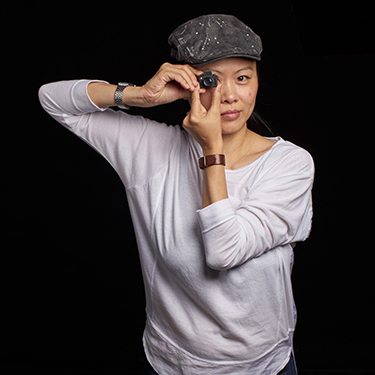
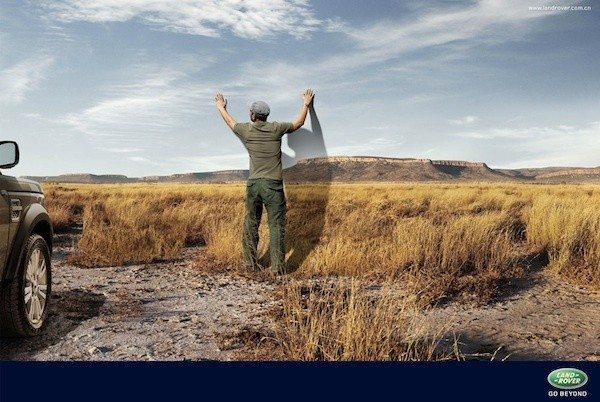 Marketing
Marketing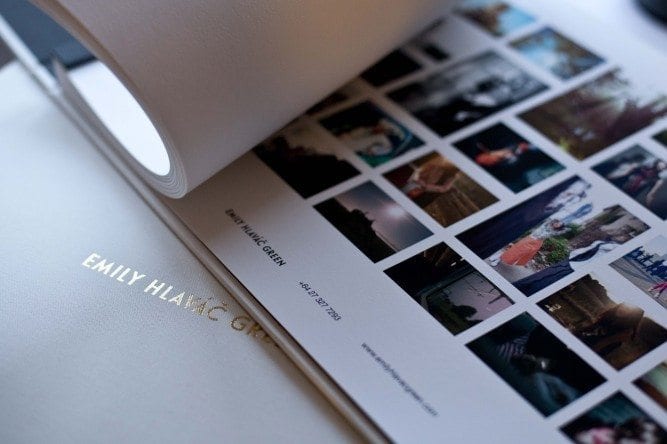 Folios & Editing
Folios & Editing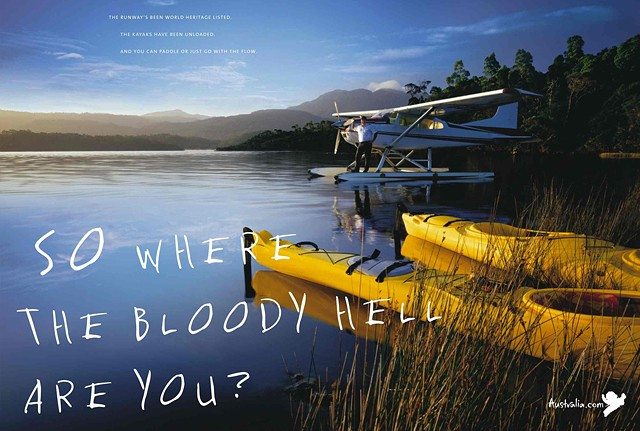 Finding Direction
Finding Direction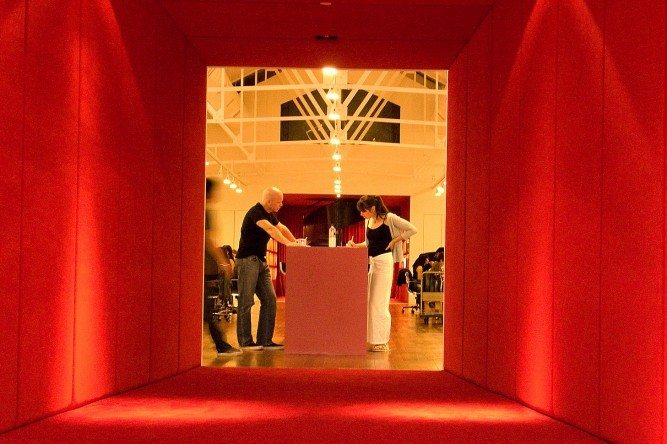 Asia Assignments
Asia Assignments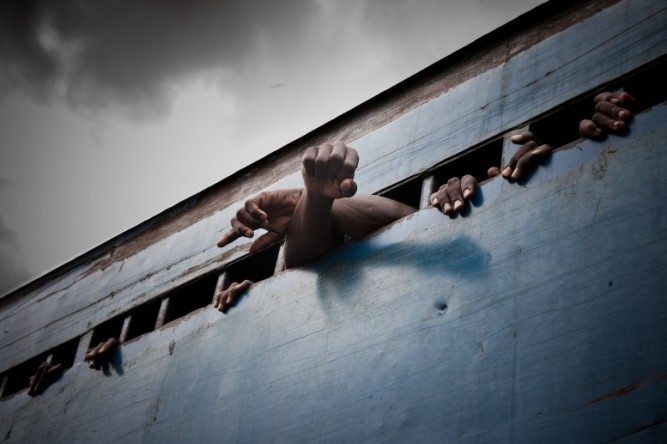 Personal Work
Personal Work Closing the deal
Closing the deal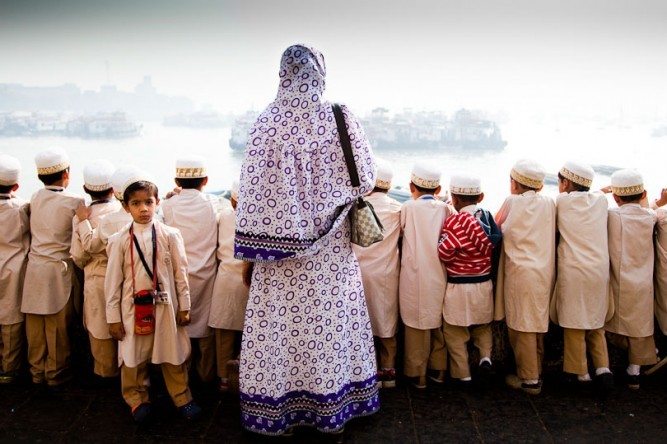 Most Recent
Most Recent Case studies
Case studies Interviews
Interviews